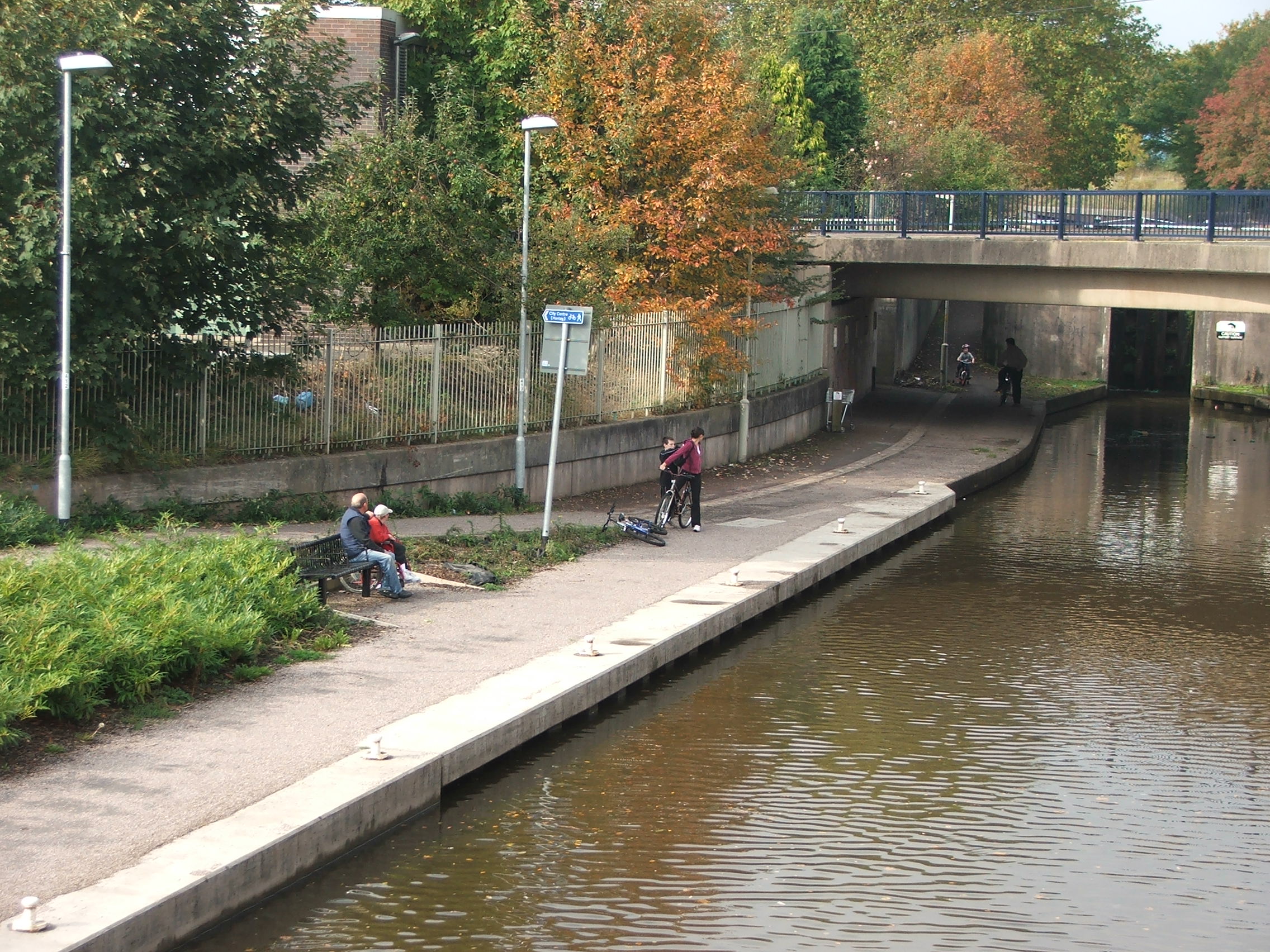Including access, rights of way and sustainable modes of travel.
Waterways support strategic priorities in this area by:
- Promoting greater access to the wider countryside for all.
- Maintaining and possibly adding to the Public Rights of Way network.
- Giving access to safe walking and cycling routes beside water.
The argument
The canals and their towpaths should be recognised for their role as part of an integrated and sustainable transport network that reduces congestion, provides safe routes and reduces the burden on other key services. The waterways are accessible corridors and reservoirs in the service of their local communities, as well as a means of access to other communities, facilities and work, recreational and leisure opportunities. A significant element of Stoke-on-Trent and Staffordshire’s approach should be to provide alternative transport choices which link people and communities together, reduce isolation and promote independence and well-being. Whilst the use of towpaths for cycling is important, walking must not be made unpleasant by speeding cycles. This requires carefully-designed towpath surfaces and an acceptance that walkers have right of way.1
In Partnership with Sustrans, excellent use has been made of towpaths within the City of Stoke-on-Trent, and from Barlaston to Meaford in Stafford Borough. The County is now building on the City network by extending from Stockton Brook up into the Peak District by use of the Caldon Canal towpath in the Pedal Peak scheme, which was initially a £2.5m investment but now has an additional £1.5m.
Natural England state ‘accessible green space is now becoming recognised as providing some of the fundamental needs of society, rather than just being ‘nice to have’’2. Accessible green space is a place that is available for the general public to use free of charge and without time restrictions and is available to all. Waterway towpaths contribute much in this respect. The towpath is a green space in itself and not just an off-road means of getting to one. That makes the canal a greater asset to the community. Specifically it allows us access to health-related funding initiatives. Accessibility should not only be seen in terms of distance from people’s houses and access into and around a site. People need to know where their local green spaces are, and should feel comfortable in using them. This requires active management and promotion by taking all reasonable means to deal with any physical and social barriers that there may be to their use.
1: Guidance for Towpath Design (British Waterways, 2012)
2: Nature Nearby (Natural England, 2010)
